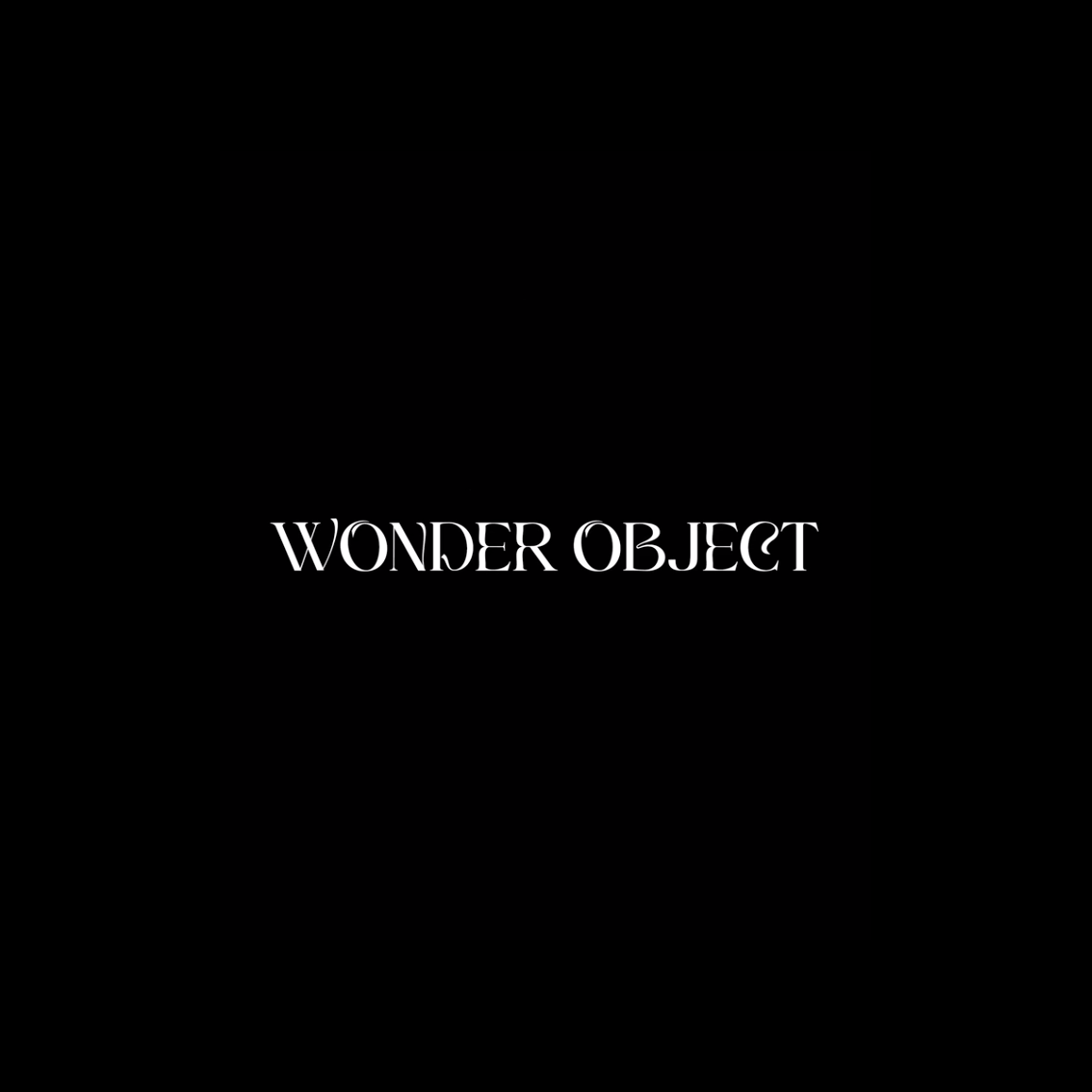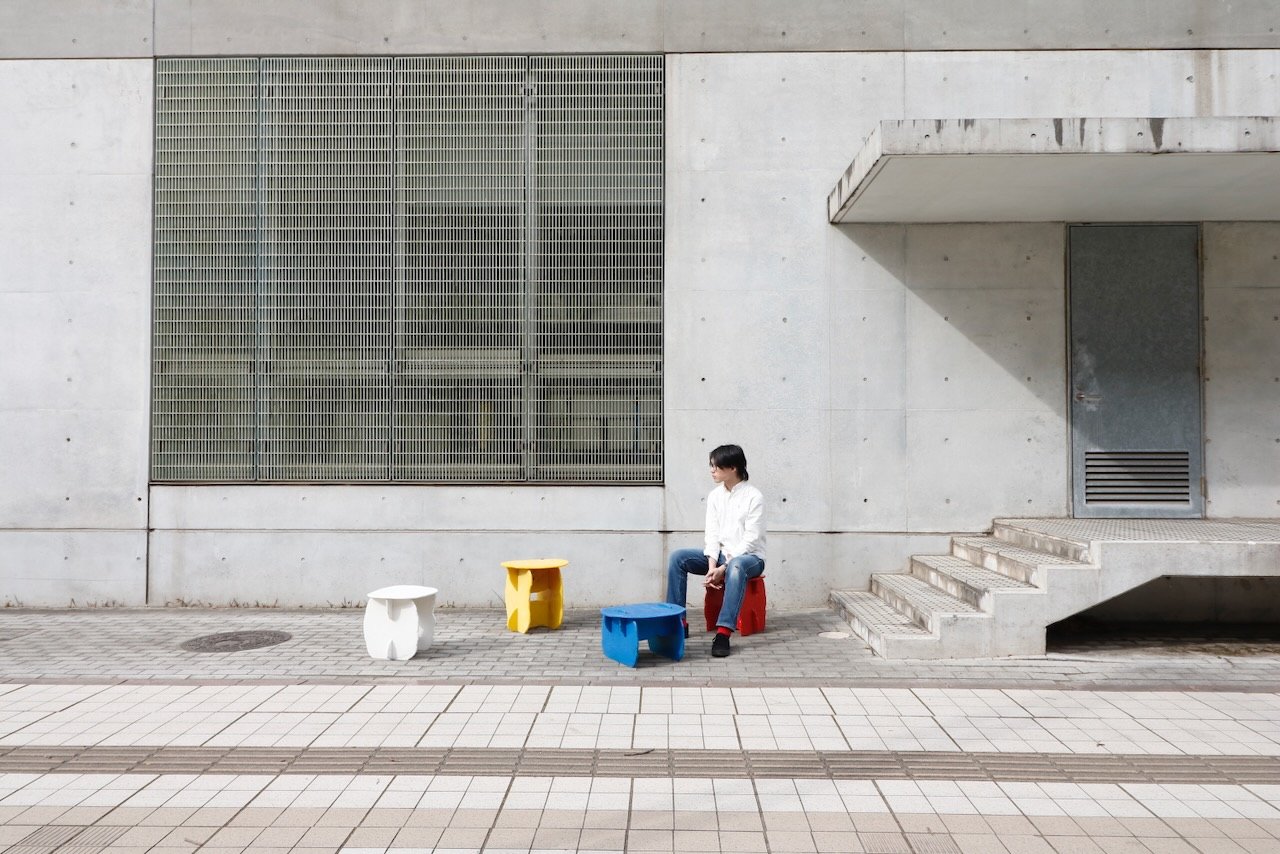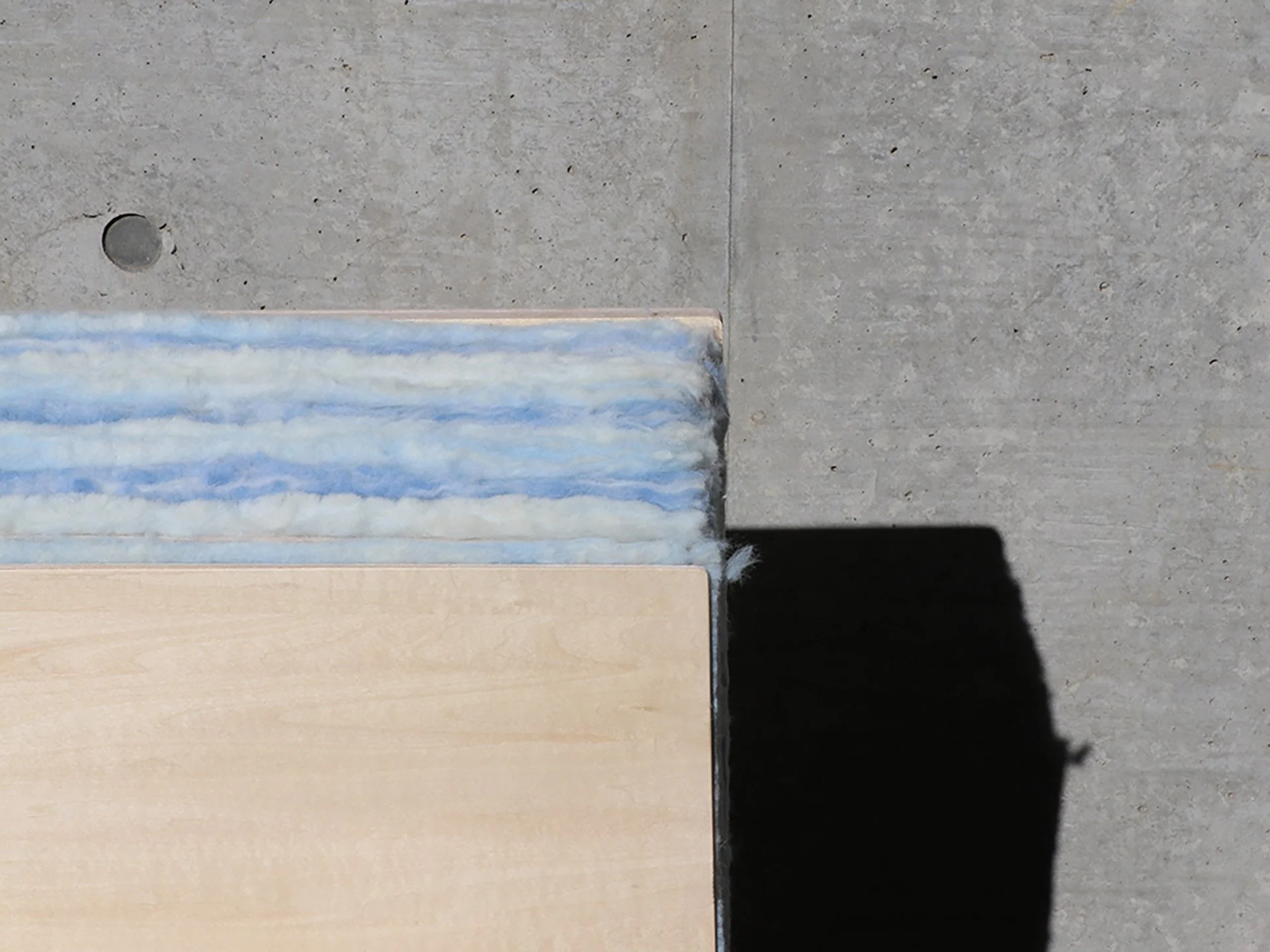WONDER OBJECT by Takuto Ohta
Tokyo University of the Arts | Graduate School of Fine Arts | Design Course Faculty of Fine Arts

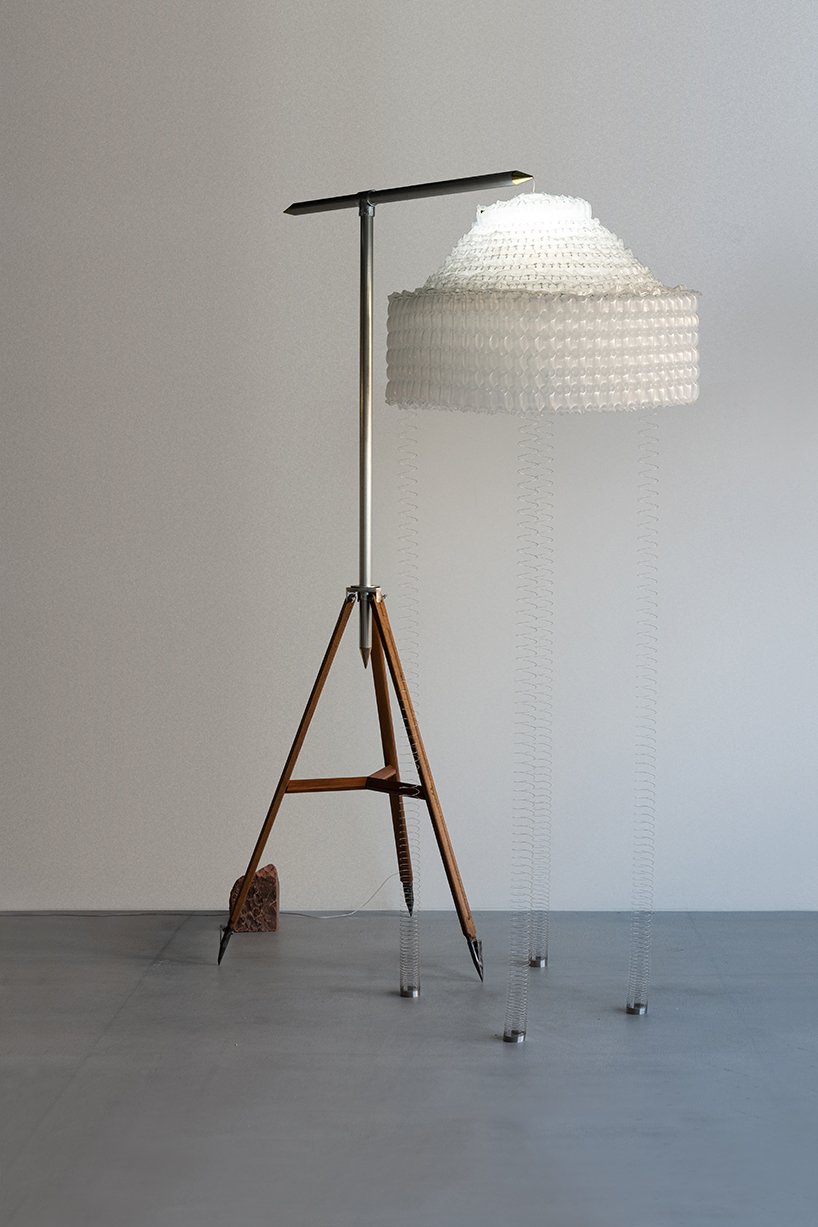
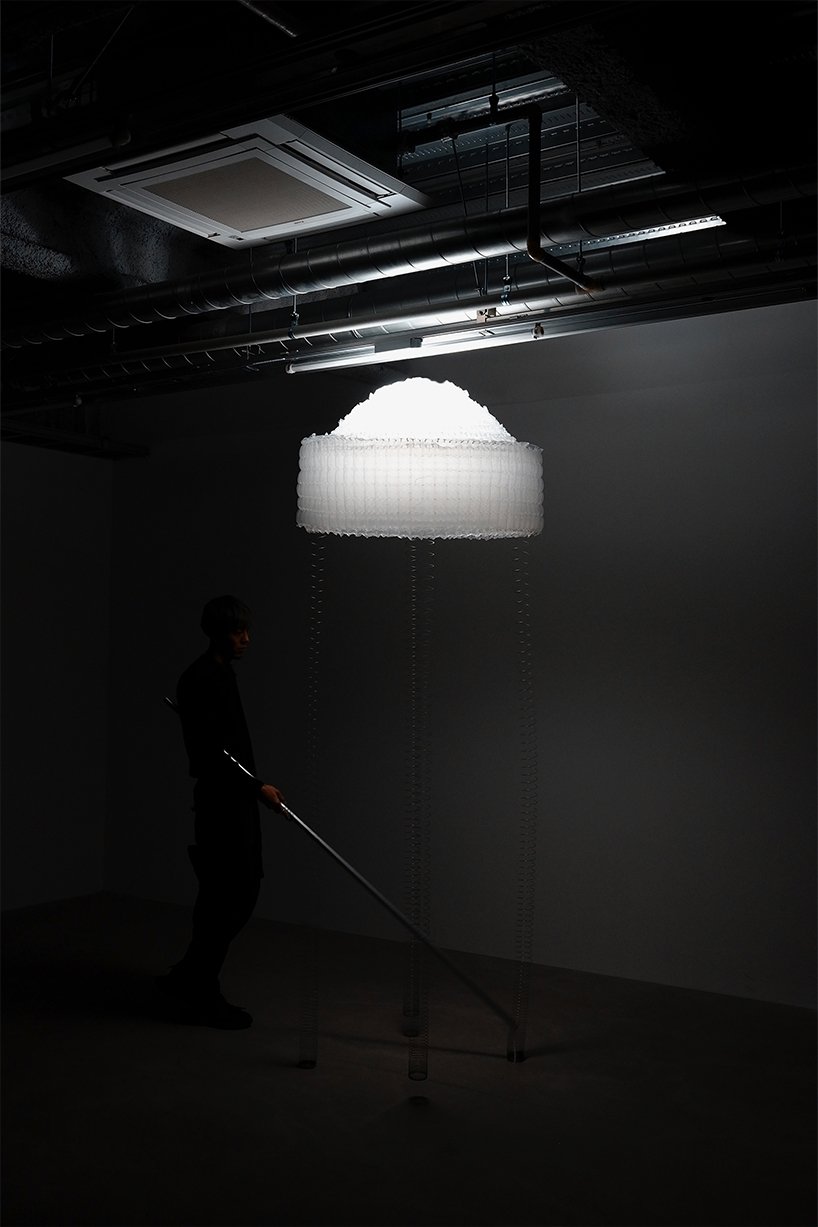
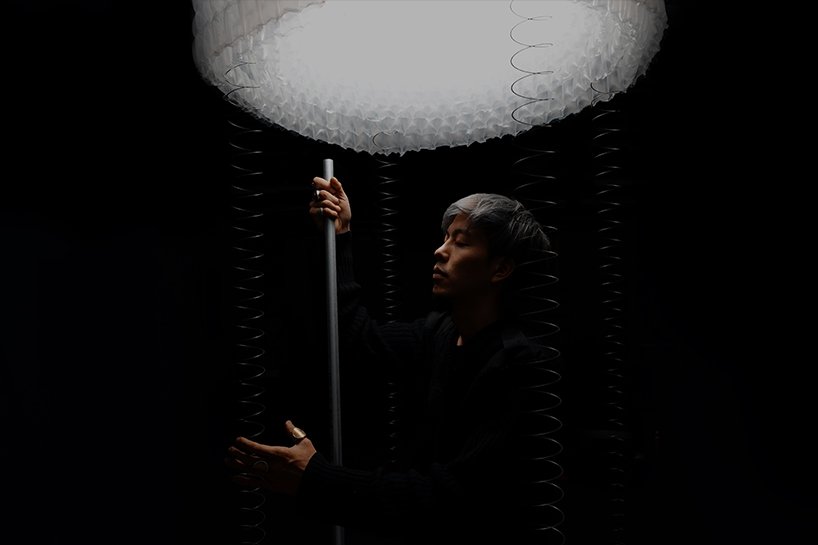
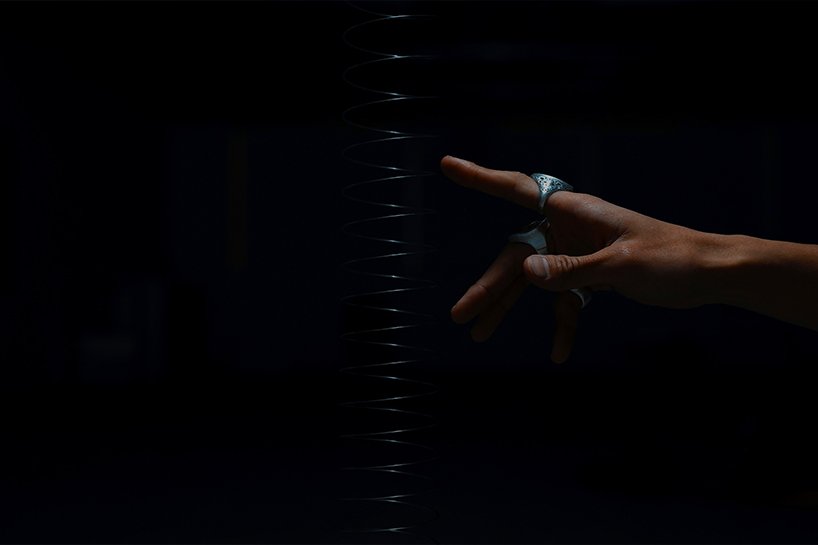

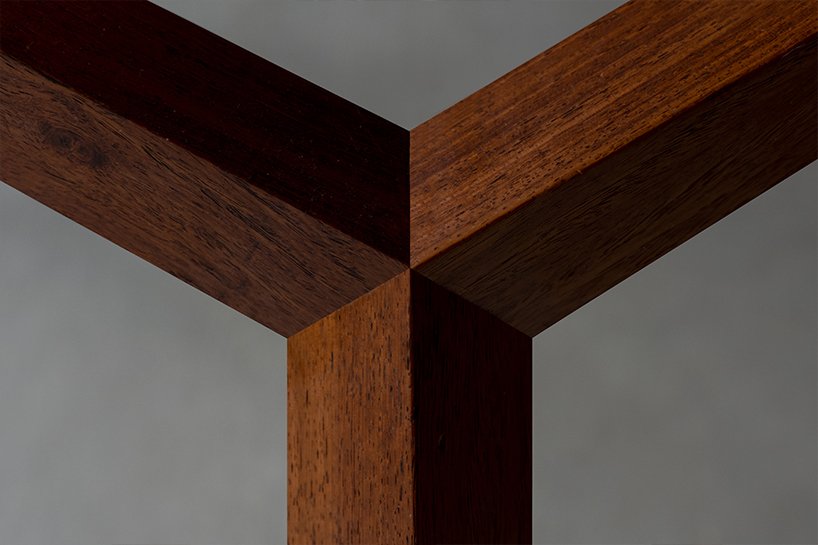
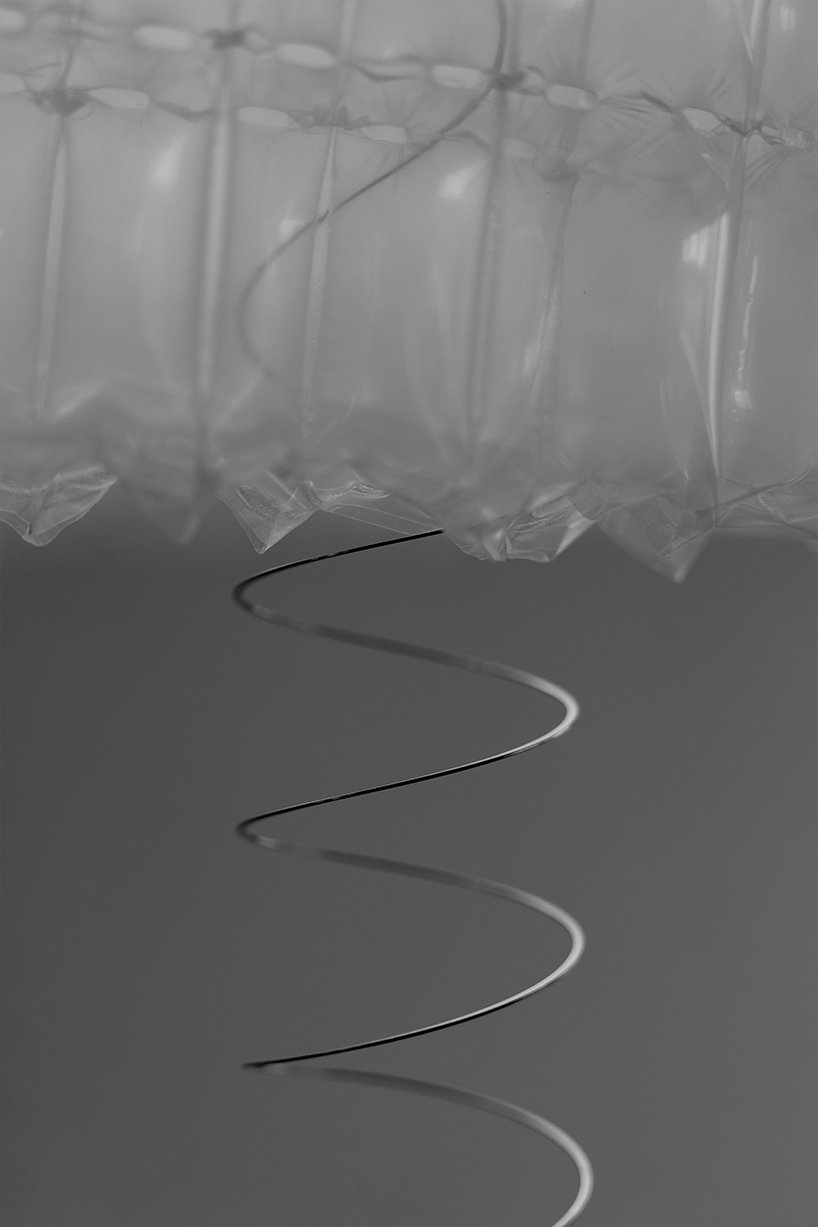
VIDEO
Recently, I attended a workshop. It was about wearing an eye mask and walking while being towed by others. I was very surprised at the influence of one sense and the variety of information provided by other sensory organs. Unconscious sensations such as a slight step transmitted to the sole of the foot, the movement of the shoulder of the person who pulls it, the sound of footsteps echoing on the floor and ceiling, and the sound of one's heart are expanded. When I looked back on my own craftsmanship through this experience, I realized that many of her works were biased toward the information that can be obtained visually. The theme of this production is the deviation from the unconsciously selected visual output.
Try closing your eyes in the room. Then, I don't immediately feel the existence of many things around me. Except for memory and experience, the existence can be confirmed by the body, the clothes worn, the sitting chair, the floor, the sound of the hands of the clock, the ventilation fan in the kitchen, the outdoor unit outside, the voice of a passerby, etc. It was something that was perceived by a distinctive tactile or auditory sense the moment the vision was closed. While visual information slides and spreads on the surface, it has a temporal depth and a physical depth, and I feel that the flowing water enters it as a liquid as if it were collected in a depression. there were. However, the connection with other things that existed in the space but did not touch the sense of touch or hearing remained unfulfilled, and I was angry at the clues and the distance. In the first place, isn't it made on the premise that things exist with visual sense? Such a question was popping up.
Wonder object is a thing that utilizes the temporal and spatial characteristics of sound. It is a device that uses human behavior and nature to generate sound like a wind chime that blows in the wind. The echo of the sound gives an opportunity to know the motivation of the space, and the movement of the coil repeats inside the thing, creating the randomness and layer of the sound, and constantly building the relationship with the new thing. In addition, two or more coils influence each other, creating a pleasant and mysterious sensation in the hollow of the sound that is created. It is an opportunity to touch the depth that cannot be reached visually. When I first heard the sound of the Wonder object, I reflexively imagined the sound of games and the scenes of science fiction movies. As a result, although the physical properties of the sounds were similar, I was frustrated by the fact that I arrived at the answer instantly. Despite listening to the sound, I ignored other interpretations and was easily relieved by the reflexive analogy of the visual information within me. My imagination is still tightly tied to the visual image. However, it must be understood that visual information, even if it is sufficient for the imagination, cannot be a necessary condition.
In the future, it will be necessary to have a way of thinking in which all perceptions are replaced and built as the axis of imagination. It will force the reconstruction of any media using existing imagination. This text is a self-discipline for me and a stepping stone to my next imagination.
words: Takuto Ohta
CREDIT
title: WONDER OBJECT
student name: Takuto Ohta
https://www.deco-designcomplex.com/
school: Tokyo University of the Arts, Graduate School of Fine Arts, Design Course Faculty of Fine Arts, Department of Design 9th Studio, Design Embody
year: 2022
category: Furniture Design

